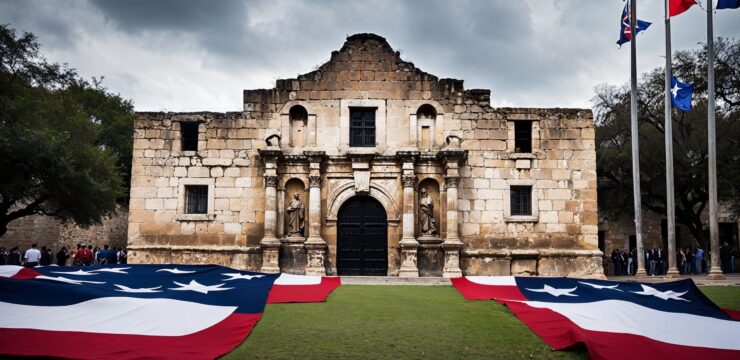Yellowstone National Park, located primarily in Wyoming, with portions extending into Montana and Idaho, is the first and one of the most famous national parks in the world. Established in 1872, Yellowstone is often called the “America’s first national park” and has become a symbol of natural beauty and conservation. The park spans over 2.2 million acres and is home to a vast array of geothermal features, diverse wildlife, and dramatic landscapes.
A Geothermal Paradise
Yellowstone is perhaps best known for its geothermal activity. It sits atop a supervolcano, and this geological hotspot creates some of the park’s most famous features, including hot springs, geysers, and fumaroles. The most well-known geyser in Yellowstone is Old Faithful, which erupts with impressive regularity, often spouting water as high as 185 feet into the air.
The park’s geothermal features provide a window into the Earth’s inner workings. The Grand Prismatic Spring, the largest hot spring in the U.S., showcases vivid colors caused by heat-loving bacteria, creating a stunning visual spectacle. Other notable geothermal sites include the Mammoth Hot Springs, with its terraces formed by mineral deposits, and the Norris Geyser Basin, which is home to some of the park’s hottest and most acidic springs.
Diverse Wildlife
Yellowstone is not only a haven for geological wonders but also for wildlife. It is home to more than 60 species of mammals, including bison, grizzly bears, black bears, elk, wolves, and moose. The bison, a symbol of the American West, is especially iconic, with large herds roaming the park’s grassy plains.
In addition to mammals, Yellowstone is a sanctuary for a variety of birds, including eagles, ospreys, and the endangered whooping crane. The park also provides a habitat for hundreds of species of fish and insects, making it an ecological treasure.
The reintroduction of wolves to the park in the mid-1990s has had a significant impact on the ecosystem, as wolves are apex predators that help regulate populations of deer and other herbivores. This has led to a healthier balance between different species and enhanced biodiversity throughout the park.
Scenic Beauty
The landscape of Yellowstone is truly diverse and awe-inspiring. From towering mountain ranges to lush valleys, deep canyons, and pristine lakes, the park offers some of the most beautiful and varied scenery in the world.
The Yellowstone River, which flows through the park, creates the Grand Canyon of the Yellowstone, a spectacular 20-mile long canyon with dramatic cliffs and vibrant colors. The Lower Falls, with its powerful 308-foot drop, is one of the most photographed waterfalls in the park. Visitors can hike along scenic trails or take boat tours on Yellowstone Lake, one of the largest high-altitude lakes in North America.
The park is also known for its wide variety of ecosystems, from the dense forests of pine and fir trees to the open grasslands and marshes. The changing seasons bring new beauty, with summer wildflowers, autumn foliage, and winter’s serene snow-covered landscapes.
Conservation Efforts
Yellowstone’s status as a national park has helped protect its unique ecosystems and species for future generations. The National Park Service, along with other conservation organizations, has worked tirelessly to preserve the park’s natural beauty and integrity.
However, Yellowstone faces ongoing challenges due to climate change, invasive species, and human activity. Efforts are continually made to protect and restore the park’s ecosystems, including ongoing research into fire management, the reintroduction of species, and the monitoring of geothermal features.
Things to Do in Yellowstone
Visitors to Yellowstone can enjoy a wide range of activities, from exploring the geothermal features to hiking, wildlife watching, and camping. Some of the most popular activities include:
- Hiking: Yellowstone offers over 900 miles of hiking trails, ranging from easy walks to challenging backcountry hikes. Trails such as the Mystic Falls and the Lamar Valley Trail provide breathtaking views and chances to see wildlife.
- Wildlife Watching: The park is one of the best places in North America to spot wildlife in its natural habitat. Early mornings and evenings are ideal times to see bison, wolves, and other animals.
- Boating and Fishing: Yellowstone Lake is perfect for boating, kayaking, and fishing. The park’s many rivers and streams are also popular for fly-fishing, particularly for native cutthroat trout.
- Camping: Yellowstone has 12 campgrounds, offering opportunities for both tent and RV camping. Whether you want to camp near a geyser or under the stars by a lake, there are plenty of options.
- Photography: With its stunning vistas and unique wildlife, Yellowstone is a photographer’s paradise. Whether you’re capturing the eruption of Old Faithful or the serene beauty of a mountain sunset, you’re sure to find unforgettable scenes.
Conclusion
Yellowstone National Park is an unparalleled destination that combines natural beauty, wildlife, and geological wonders in one incredible location. Whether you’re looking to experience the thrill of witnessing Old Faithful erupt, hike through pristine wilderness, or simply enjoy the serene beauty of the landscape, Yellowstone offers an experience like no other. As a symbol of the American conservation movement, it serves as a reminder of the importance of preserving our natural heritage for future generations to enjoy.

